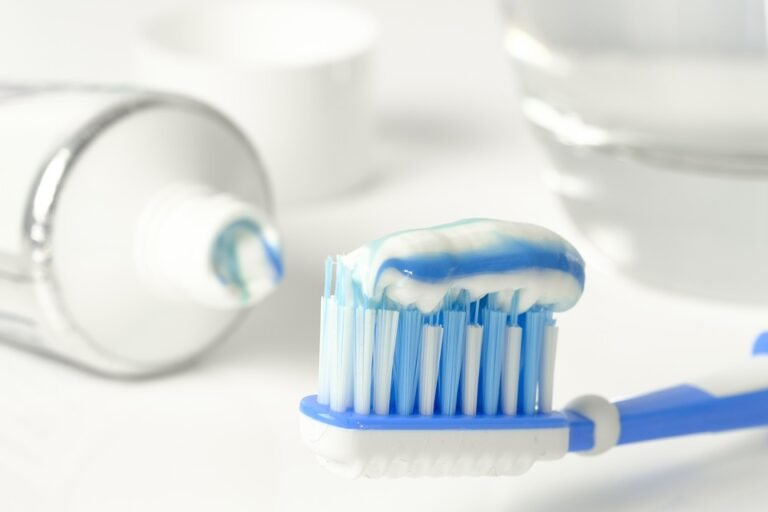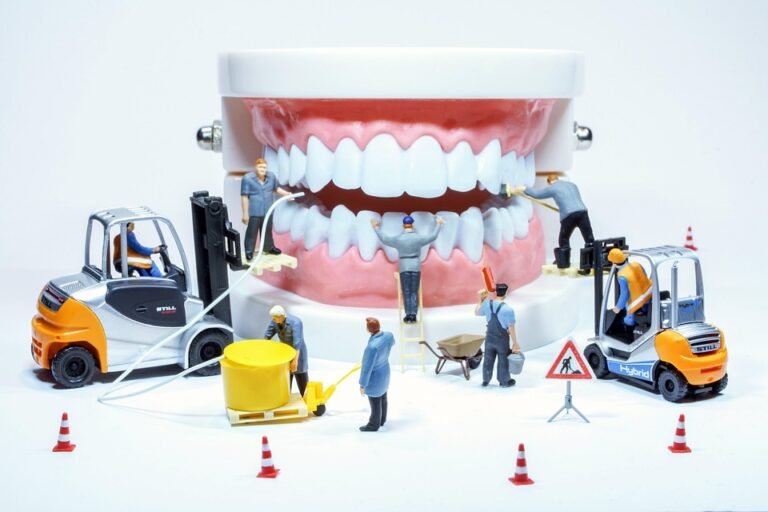What are some common mistakes to avoid on dental YouTube videos
I’m starting a YouTube channel to educate people about dental health and maybe even attract some new patients to my practice. I’ve seen some other dentists with successful channels, but also plenty of videos that look really… unprofessional or just don’t seem to get any views. I want to put out good content that’s helpful and engaging, but I’m also not super tech-savvy.
So, what are some common mistakes I should absolutely avoid when making dental-related YouTube videos? I’m thinking things like:
* Technical stuff (lighting, sound, editing)
* Content-related errors (giving incorrect info, being boring)
* Things that might scare people away (showing gory procedures without warning)
* Legal or ethical issues (talking about patients, giving specific advice)
* Stuff related to promotion (bad titles, not using keywords).
Basically, what are the pitfalls I need to watch out for to make sure my channel is successful and I don’t end up making a fool of myself or getting into trouble? I’m especially worried about giving off the wrong impression or accidentally doing something that violates HIPAA. I’m really aiming for a professional and trustworthy image.
Answer
Common mistakes to avoid when creating dental YouTube videos can significantly impact viewership, engagement, and the overall perception of your practice or expertise. Here’s a detailed breakdown of mistakes to avoid:
I. Production Quality Issues:
-
Poor Audio Quality: This is arguably the biggest deal-breaker. No matter how informative your content, viewers will quickly click away if the audio is muffled, echoey, has excessive background noise, or is generally difficult to understand. Invest in a decent microphone (lavalier, USB, or shotgun) and record in a quiet environment. Test your audio before recording the entire video. Post-production audio editing to remove noise and normalize levels is crucial. Avoid using the built-in microphone on your camera or computer whenever possible.
-
Bad Lighting: Dark, grainy, or poorly lit footage can make your video look unprofessional. Aim for consistent and bright lighting. Natural light is ideal, but if you’re filming indoors, use softbox lights or ring lights to illuminate your subject evenly. Avoid harsh shadows and backlighting that obscures your face. Ensure the background isn’t distracting due to lighting discrepancies.
-
Shaky Video/Poor Stabilization: Shaky footage is distracting and can cause motion sickness. Use a tripod or gimbal stabilizer to keep your shots steady. If shooting handheld, practice smooth camera movements. In post-production, use video stabilization software to correct any minor shakes. Avoid excessive zooming in and out, which can exacerbate shakiness.
-
Low Resolution/Incorrect Aspect Ratio: In the age of high-definition displays, uploading a video in low resolution is unacceptable. Aim for at least 1080p (Full HD) resolution. Ensure the aspect ratio is 16:9, which is the standard for YouTube. Check your camera settings before recording and export your video in the correct resolution and aspect ratio.
- Poor Editing/Transitions: Abrupt cuts, jarring transitions, and an overall lack of editing polish can make your video feel amateurish. Learn basic video editing techniques to create smooth transitions, remove unnecessary pauses, and add engaging visuals. Use royalty-free music and sound effects sparingly to enhance the viewing experience. Avoid overly complex or distracting transitions that detract from the content.
II. Content-Related Issues:
-
Lack of a Clear Focus/Topic: Rambling or failing to establish a clear topic at the beginning of the video will lose viewers quickly. Clearly define the purpose of your video and stick to it. Create an outline or script to ensure you stay on track. A strong introduction that grabs the viewer’s attention and explains what the video is about is essential.
-
Using Excessive Jargon/Technical Terms: While demonstrating expertise is important, using too much dental jargon without explanation will alienate a general audience. Define technical terms and explain concepts in layman’s terms. Consider your target audience and tailor your language accordingly. Use analogies and visual aids to simplify complex topics.
-
Inaccurate/Misleading Information: Providing inaccurate or misleading dental information can damage your credibility and potentially harm viewers. Always double-check your facts and cite reliable sources. Stay up-to-date with the latest dental research and best practices. If you’re discussing a controversial topic, present both sides of the argument fairly. Disclose any potential conflicts of interest.
-
Ignoring Copyright/Intellectual Property: Using copyrighted music, images, or video clips without permission is illegal and can lead to your video being taken down. Use royalty-free resources or obtain the necessary licenses. Properly attribute any sources you use in your video or description.
-
Failing to Engage with Viewers: YouTube is a social platform, and engagement is crucial. Respond to comments, answer questions, and encourage viewers to subscribe. Create polls, ask questions, and invite viewers to share their experiences. Acknowledge and address feedback, both positive and negative.
-
Not Optimizing for Search (SEO): Creating great content is only half the battle. You also need to optimize your video for search so that people can find it. Use relevant keywords in your title, description, and tags. Create a compelling thumbnail image that accurately represents your video. Promote your video on other social media platforms.
-
Inconsistent Upload Schedule: A consistent upload schedule helps build an audience and keeps viewers coming back for more. Choose a schedule you can realistically maintain (e.g., once a week, twice a month) and stick to it. Let your viewers know when they can expect new videos.
-
Lack of Visual Aids: Talking heads can be monotonous. Use visuals like animations, graphics, stock footage, or clinical photos/videos to illustrate your points and keep viewers engaged. Show, don’t just tell. Ensure any visual aids are high-quality and relevant to the topic.
-
Ignoring Ethical Considerations: Always prioritize patient privacy and confidentiality. Obtain informed consent before filming any patient. Avoid showing identifiable patient information without explicit permission. Be mindful of ethical guidelines regarding advertising and endorsements.
- Overly Salesy/Promotional Content: While it’s acceptable to mention your practice or services, avoid making your videos overly promotional. Focus on providing valuable and informative content that benefits viewers. Build trust and establish yourself as an expert before trying to sell anything. A hard sell can turn viewers off.
III. Presentation Issues:
-
Monotone Voice/Lack of Enthusiasm: Speaking in a monotone voice can make your video boring. Vary your tone, pace, and volume to keep viewers engaged. Show enthusiasm for the topic. Practice your delivery beforehand.
-
Poor Body Language/Eye Contact: Maintain good posture and make eye contact with the camera (as if you’re speaking directly to the viewer). Avoid fidgeting or looking away from the camera. Smile and project a friendly and approachable demeanor.
-
Distracting Backgrounds: Choose a clean and professional-looking background that is free from distractions. Avoid cluttered desks, busy walls, or anything that might draw the viewer’s attention away from you. Consider using a virtual background.
-
Rushing Through the Content: Speak clearly and at a moderate pace. Allow viewers time to process the information. Avoid rushing through the content in an attempt to keep the video short. Prioritize clarity and comprehension over brevity.
- Not Providing a Call to Action: Tell viewers what you want them to do after watching your video. Encourage them to subscribe, like the video, leave a comment, visit your website, or schedule an appointment. Make it easy for them to take the desired action.
By avoiding these common mistakes, you can create high-quality dental YouTube videos that attract viewers, build your brand, and establish yourself as a trusted authority in the field.




